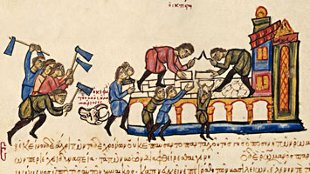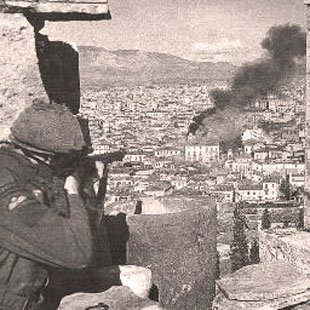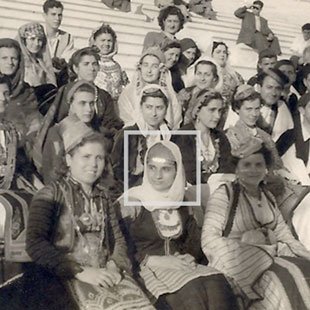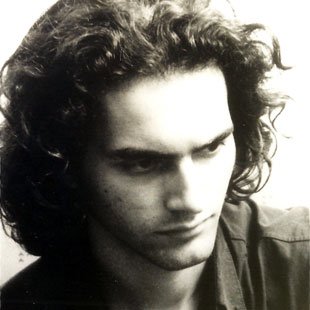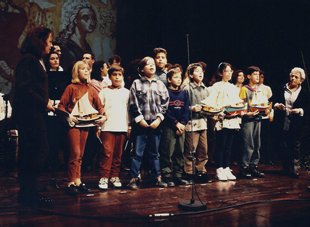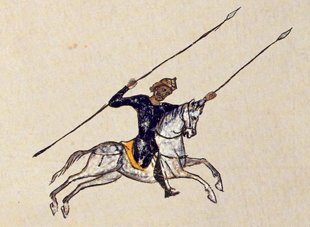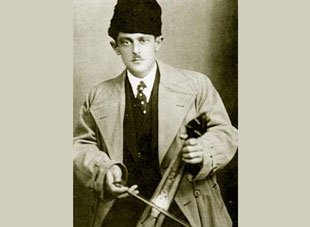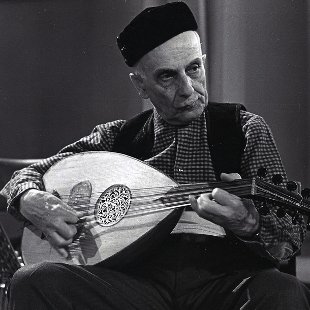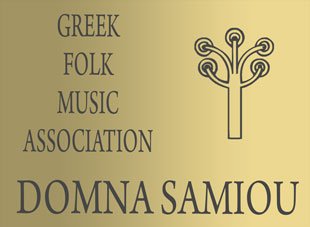You are at: Home page Her Work "Musical Travelogue" Musical Travelogue with Domna Samiou - Rethymno
Musical Travelogue with Domna Samiou - Rethymno
“Musical Travelogue with Domna Samiou” (“Musiko Odiporiko me ti Domna Samiou”) was a television series researched and presented by Domna Samiou and broadcast by the Greek National Television during the 1976-1977 season. Each episode was dedicated to the mu
Music Program, Television, ERT, 1977
Text
Rethymno is a coastal town built on the north coast of Crete, between Chania and Heraklion. Domna Samiou meets local musicians, instrument makers and folk artists in Rethymno, Anogia and Krya Vrysi. The documentary was filmed in February 1977.

In Rethymno, Domna meets the famous musician Stelios Foustalieris or Foustalierakis. Foustalieris plays the boulgari, a musical instrument that belongs to the family of the tambur, one of the most popular musical instruments of the Greeks. He is perhaps the only musician who plays this instrument today.
He sings the song The Sufferings I Rejoice and plays the tunes Syrtos First and Syrtos of the Night. He informs us about his acquaintance with the boulgari, how old recording studios operated, the types of songs he recorded and his primary occupation which is watchmaking.

In the old town of Rethymno, at the market place, in a small tavern (rakadiko) that serves raki*, Charalambos Anagnostakis plays the lyra and sings accompanied by his customers. As appetizers, the taverna owner offers baked potatoes, small olives and soaked broad beans.
I wish I had a glass of raki and four roasted chickpeas
And you will see how lovely I would sing …
* Tsikoudia or Raki: Homemade alcoholic beverage distilled from the by-products of winemaking or berries

Andreas Rodinos (1912-1934) was one of the most famous and beloved lyra players in Crete. His name has become a legend among younger musicians. The lyra player, Antonis Papadakis, 86 years old today, known by the nickname Kareklas, knew Rodinos and composed couplets about his untimely death.

The Sousta Dance from Rethymno is danced by couples and has taken the form of a love dance, similar to the Ballos Dance of the Aegean islands. It is danced by a group led by Yannis Stavridakis.

Manolis Stagakis is one of the well-known Cretan lyra makers in Rethymno. Domna Samiou meets him in his workshop and interviews him about his craft.

In the cafe of Krya Vrysi, residents dance Pentozalis. Petros Leventakis plays the lyra, sings Mantinades and is accompanied on the lute by Manolis Veridakis. Krya Vrysi is one of the seven villages burned down and demolished by the Germans on August 22, 1944 in retaliation for the kidnapping of the German General Kreipe.
My glorious Krya Vrysi with your many waters
everyone has heard about your accomplishments.

In Anogia, Giorgis Manouras, also known as Gero-Kourkoutis or Kourkoutakis, sings and plays with his lyra Mantinades and the historical Song of Nida. The song refers to the legal dispute between Anogia and Vorizia (of the Heraklion district), over the occupation of the Nida plateau in 1870.

The mantinades that are sung using the tune of the slow Pentozalis are called Mantinades Chimatikes. Aristidis Heretis and Costas Heretis sing Mantinades Chimatikes, and later, a group of five men dance the Anogianos Pidichtos (Pidichtos dance from Anogia).

Alkiviadis Skoulas or Grilios, a self-taught folk painter and sculptor, lives in Anogia. A former shepherd, presently 76 years old with 9 children and 30 grandchildren. Six years ago he decided to get involved in wood carving and painting. He tells Domna Samiou how an incidental encounter with a tailor in Heraklion caused him to start painting and how a log that looked like a head became the reason to start wood carving.
Collaborators
- Research and presentation: Domna Samiou
- Director: Andreas Thomopoulos
See also
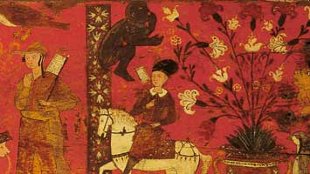
Song
A Maid Bidding Farewell
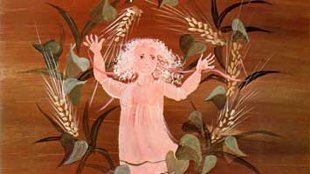
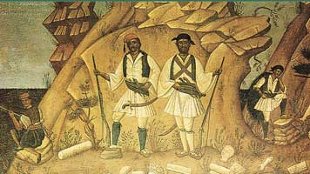
Song
Great Joy Across the Land
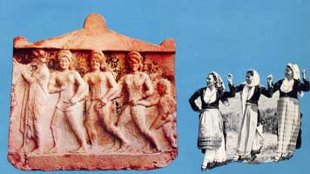
Song
I Dreamed of It
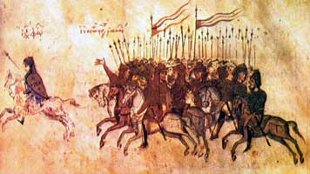
Song
I Saw Some Black Smoke


Song
Mavrianos and the King
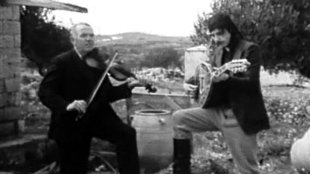
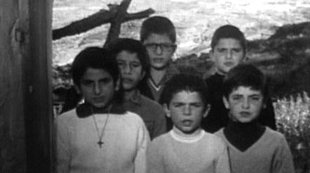
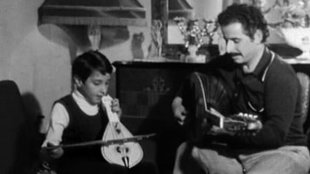
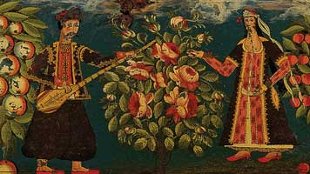
Song
The Dawn of Dawn
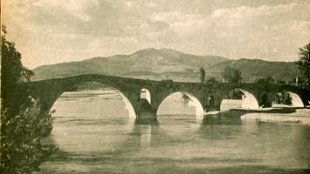
Song
The Eagle (On a Mountain High)
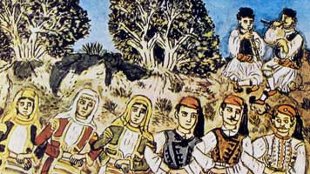
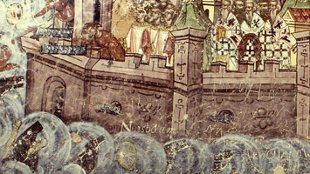
Song
The Swallows of Vlachiá
